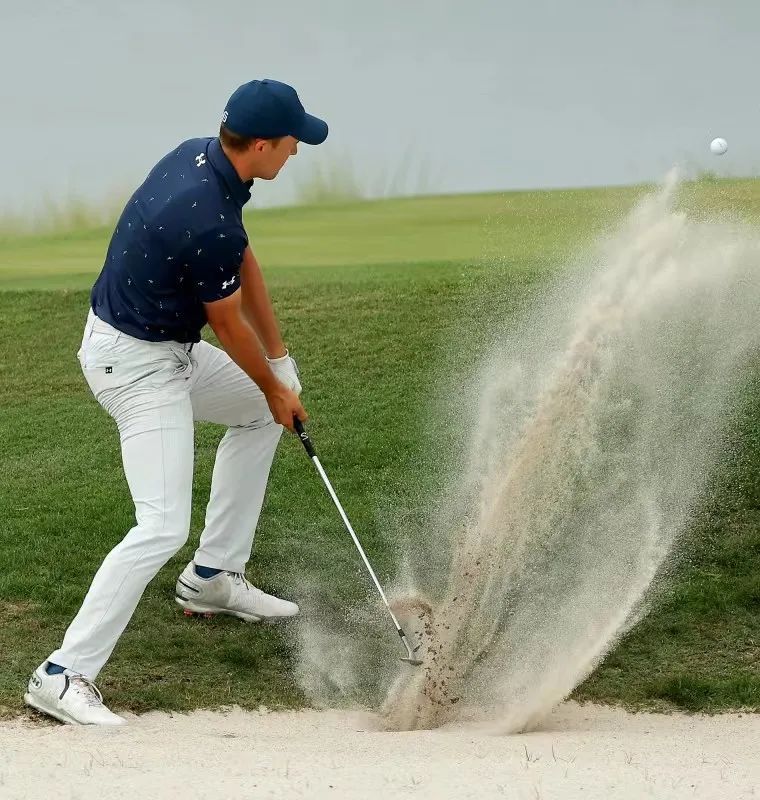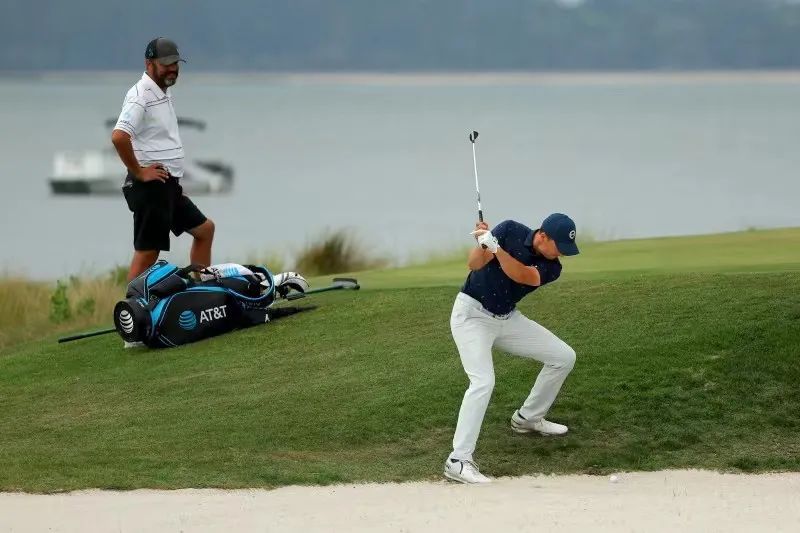How the 13-time PGA Tour star won in Harbour Town and how you can hit the ball like him.
By Chris Cox/PGA TOUR
Jordan Spieth has performed bunker tricks perfectly at critical moments on the PGA Tour many times!
Jordan Spieth appears to be particularly sure of the clutch ball in the bunker.
One of the most famous shots was a last-minute cut from a bunker in the 2017 Travelers Championship, beating Daniel Berger to win the title. If you’ve watched a golf broadcast in the past five years, you should have seen this shot in the highlights at least once, or more than once.
The 13-win PGA TOUR star added another winning bunker strike at the RBC Heritage Tournament in April. He faced a 56-foot greenside bunker save on the first hole of the playoff, put the ball 7 inches to the hole, beat Patrick Cantlay and won on Easter Sunday . Spies had a final-round 66 to pull the game into a playoff, which also included a cut from the bunker on the par 5 second hole.
“I need to do a lot to get things going,” Spies said. “I needed a birdie on the 18th, then I needed some help, got some help, dodged a barrage of bullets and ended up in a one-on-one playoff, where my tee in the bunker wasn’t Good, but definitely better than Patrick’s.”
While the humble Spies thinks his bunker hits are nothing special, Todd Anderson is sure to applaud him. The instructional director of the PGA TOUR Performance Center at TPC Sawgrass offers an in-depth look at the difficulties Spies overcame on his way to the title.
Finding the perfect stance for a position like Spies’s is no mean feat. When you’re standing outside the bunker, the ball is usually lower than your feet, making it difficult for the club to reach the sand. “It’s not like you’re standing on flat ground,” Anderson pointed out.
Standing outside the bunker, unable to run his feet into the sand, and the ball was so close to the edge of the bunker, Spies had to figure out a way to bend himself lower so he could hit the ball behind the sand. The three-time four-star star has a higher front foot than his back, and has a greater bend in his left (or front) leg than his right, helping him cut through the sand more easily.
“He was farther back than a normal bunker ball on this one,” Anderson pointed out. “You can see the ball is closer to his right foot, which is why he’s leaning lower and bending his legs more. If you lower your body, it helps you hit the back of the ball.”
Although there are many parts to the ball to consider and adjust, Spies still manages to swing from a solid foundation, flex his wrists quickly on the backswing, and then aggressively downswing through the sand behind the ball. Even though he knew the club would hit the edge of the bunker on delivery, the Texan accelerated his downswing into the sand, letting the edge of the bunker stop his club.
“A lot of people don’t do that,” Anderson said. “They’re afraid of hitting the edge of the bunker, so they slow down and stop. But he keeps swinging, hitting the club into the sand, making sure he has enough power to hit the ball. Hit the green from the edge of the bunker, then land and roll towards the hole.”
Lower your body so that you can hit the clubhead behind the ball. Swing from a stable base, quickly flex your wrist to lift the club up, and accelerate through the sand at a two-to-one swing speed.
For most players, a two-to-one bunker shot (three-to-one for soft sand) usually works best. If you want to play a 30-yard bunker shot, you may need to make a normal 60-yard swing. In this particular example, Spies made a swing of about 60 yards to accelerate the clubhead through the sand. “That way, the sand around and under the ball can carry the ball out, and he knows exactly where he wants to land it and how it’s going to roll once it hits the green,” Anderson said. “He trusted his judgment to hit the ball.”
The “sand blanket” is one of the first keys that beginner bunker players must keep in mind: focus on hitting the sand, not the ball itself. Anderson’s advice to golfers is to imagine the ball as the center of an oval circle and try to move the sand two inches behind the ball. That way, a “sand blanket” of sand will lift the ball from the bunker — and if the sand doesn’t get kicked out of the bunker, the ball probably won’t either.
“He also made sure the clubface was kept open when hitting the ball so the ball would splatter,” Anderson added. “If you close the face, the club digs down and the ball can’t hit high enough, so he opens up the face to increase the loft so he can use the sand to move the ball up and out.”
So, back to the point: Get your body low enough that you can hit the clubhead behind the ball. Swing from a stable base, quickly flex your wrist to lift the club up, and accelerate through the sand at a two-to-one swing speed. With the face open, hit about two inches behind the ball and watch your ball splash out of the bunker and roll toward the hole.
Just like Jordan Spies.
Todd Anderson is the instructional director of the PGA Tour Performance Center at TPC Sawgrass, the regular venue for The Players Championship. The 2010 PGA National Coach of the Year students have accumulated more than 50 wins on the PGA Tour and Korn Ferry Tour, including two FedEx Cup championship titles. He was also named one of the top 20 coaches in America by Golf Digest.
Post time: Jun-24-2022




